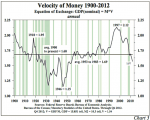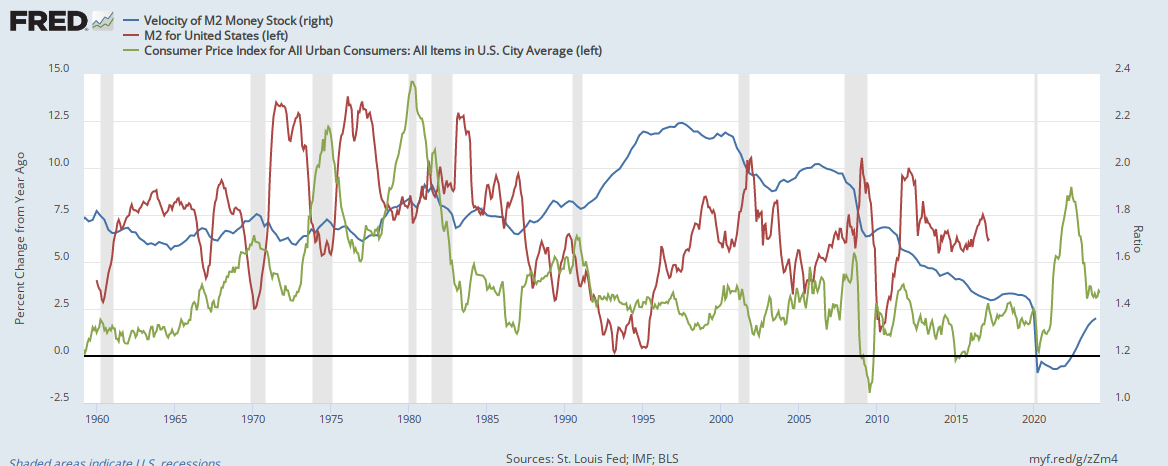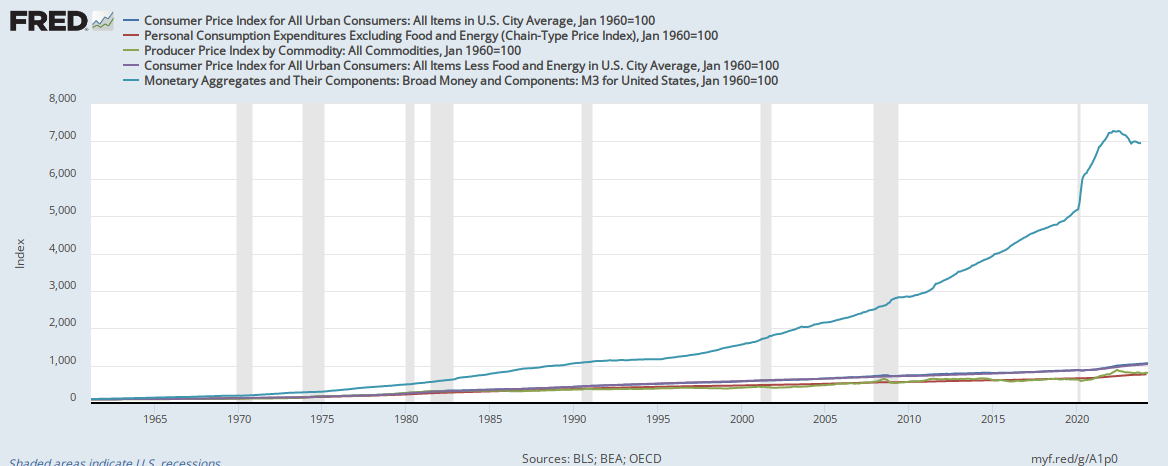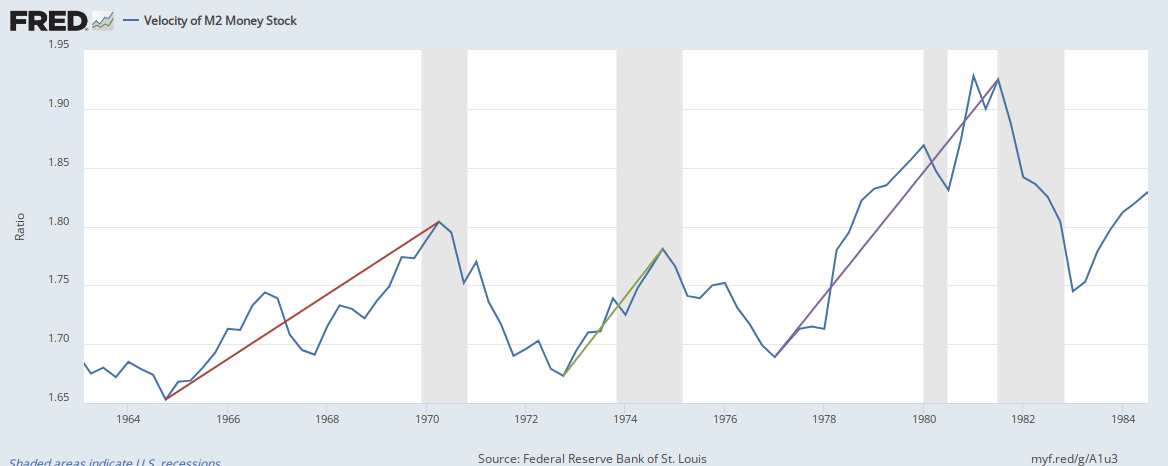I wouldn't characterize it as hyper-Inflation. The rate of inflation wasn't even half of the annual rate of inflation in the 1920s.
The debt is largely irrelevant. Instead of government over-spending going into the money supply, it is packaged as treasury securities and sold to foreign and domestic investors. So long as foreign and domestic investors are willing to buy US debt, it isn't a problem.
It wouldn't be possible for war to resolve debt, unless the war was an internal conflict that resulted in the creation of new States, but note that while the new States created from the US are not obligated to the debt under international law, the successor State to the US would be obligated under international law.
So, if there was an internal conflict that resulted in the creation of the Republic of Texas, the Western Union (California, Washington and Oregon), the New England States and the Midwestern States and the remaining States remained with the federal government, the new States are not obligated, but the federal government is.
I'm not aware of any time that method was used.
1. What is America's national debt burden to GDP percentages?
Let me say it's the worst in the world, guess who's second, the bank of England! Ooh, and the fed, isn't audited!
So inflation is what ever they want it to be.....
2. BRICS have off loaded Trillions of American treasuries, and rid themselves of trillions of dollars holdings, which was an illegal position, to hold secure the dollars position as the preferred currency and the only currency allowed to purchase oil and gas. Subsidised the dollar, but no longer. Oil and gas transactions are now taking place using sovereign currency. America lost its special status when China became the number one economy.
3. War resolves debt, the winner rules, okay! You can load debt burden as American politicians are doing today, in Syria stealing there oil and gas to pay some mythical debt, Iraq, for the illegal war perpetrated against them by America, based on lies, the destruction of Libya by American mercenaries, and American troops. But how quick did American authorities issue a new currency, throughout Libya, the new American owned, bank of Libya, they made a new currency, a ship load, transferred it throughout Libya, and all American sovereign debt to the sovereign country of Libya.... and it's sovereign gold, just disappeared. Irans sovereign money, in world banks confiscated under the pretence of terrorist crimes, when its beneficial to the American court of justice, not the international courts of justice!
4. If Texas ceded from the before war or its demise any debt would be internal, the debt burden had nothing to do with the new sovereign state. Just like here in Scotland, when we leave this union of purgatory we have at no time been able to sway the powers that be, to our will, we have been raped by every administration and told we show be thankful! Under the block grant we get back 40% of tax receipts, oil gas Whisky and its duty, vat etc we get not a penny. They can go sing for there supper, when it comes back to fingers in our pockets.
You every year allow a minimum of $30 billion just in defence to Israel from American tax payers pockets, I haven't seen one American offered up a choice to do so! Who owns America, would the states be forced to repay this levy, no they cannot be held liable in international courts when they can prove endemic corruption the destruction of society forced the Declaration of Independence from I.e. Texas...Only state debt can be enforced.... but what America can do, to international sovereign nations, new internal now sovereign states can also do!







